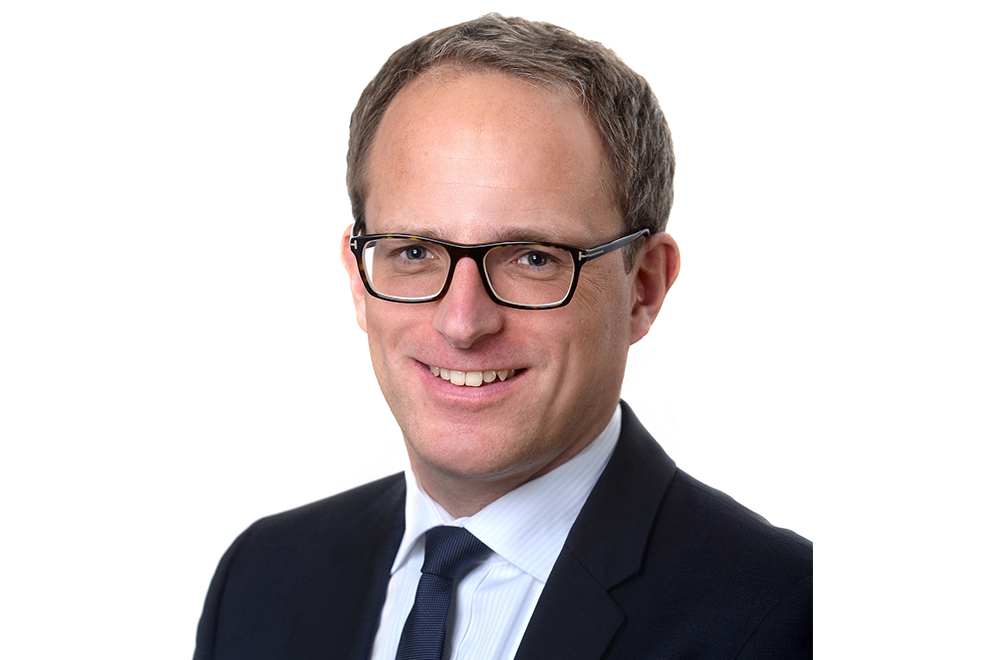By Hamlin Lovell, NordicInvestor
Exclusions, engagement, rating and tilting
ESG analysis can be approached from many angles, and applied to portfolios in different ways. The application of ESG to credit investing is rapidly evolving, and is, thus far, most well-developed in relation to investment grade corporate credit.
Franco-German fund manager, ODDO BHF Asset Management, is a fundamental-driven investment house, and is not using an SRI benchmark. Head of Investment Grade, Bastian Gries, argues “ESG may add to performance in some periods and subtract from it in other periods. We do not expect ESG to enhance absolute performance over the long run, but do believe it could improve risk-adjusted returns, by avoiding some accidents – and thereby reducing volatility and drawdowns”. Thus, ESG can be seen as a dimension of risk management, as well as responding to investor demands.
ODDO BHF AM has been a UN PRI signatory since 2010, and its ESG approach is based on the two key pillars which are “best-in-universe” and engagement.
Exclusions
ODDO BHF AM’s investment grade credit strategy carries out some negative screening, based on the UN Global Compact, the 2008 Oslo Convention on Cluster Munitions and the 1997 Ottawa Treaty (the Anti-Personnel Mine Ban Convention). Issuers that have not signed the charter are excluded, as are those that have signed it – but have been assigned the worst controversy ratings by Sustainalytics. “Typical reasons for controversy include tax evasion, litigation, corruption and environmental impact” says Gries.
Currently, about 7.7% of the investment grade iBoxx index is excluded by these criteria, including some prominent names, such as VW, JP Morgan, Barclays, Citigroup, Gazprom, and Petrobras.
This no-go percentage could increase in 2019, as ODDO BHF AM plans to increase exclusions based on fossil fuels, and wishes to sign up to ESG fund labels in France and Germany.
Engagement
Beside exclusion policy, “we philosophically prefer dialogue and engagement, which is the second, and equally important pillar, of our process. We do not want to exclude 50% of the universe” says Gries.
ODDO BHF AM’s Head of ESG Research, Nicolas Jacob, leads a team of three who meet with lead portfolio managers in equities and fixed income, including Gries, and carry out conference calls with companies. There are quarterly ESG committee meetings, monthly review meetings, and plenty of ad hoc communication in the interim. “The objective is to address and monitor issues with the aim of seeing improvements over 12 to 18 months, and we may reduce exposure or exit positions if there are no signs of improvement” says Gries.
ODDO BHF AM partly engages with companies via the Climate Action 100+ collaborative initiative, which focuses on the world’s largest 100 carbon issuers.
ODDO BHF AM engages directly with companies including Arcelor Mittal, A.P. Moller Maersk, Rolls Royce, and Glencore, which illustrates some subtleties of the ESG ratings process. Glencore is not excluded, but is probably one of the most controversial firms within ODDO BHF AM’s lowest rating category as of December 2018. “We have achieved results on climate change, in that Glencore has published a full climate policy, and we have been pleased with its approach on health and safety issues, but we are not satisfied with responses to questions around legal actions on bribery. Therefore, Glencore’s ESG rating has improved very slightly, but we did not get profound enough answers for a bigger change” explains Gries. “We have very small exposure to Glencore, as the company has had relatively strong operational performance”.
Rating and Tilting
Leaving aside companies excluded by the negative screening, ODDO BHF AM ranks companies from one to five, and has a hard limit of 33% exposure to the lowest rated issuers. In addition, ODDO BHF AM determines position sizes so that companies with low ESG ratings are likely to be “underweight” positions and those with higher ESG ratings are more likely to be “overweight” – and will make up the majority of the portfolio.
ODDO BHF AM’s proprietary ESG ratings use a blend of 42 criteria, with approximately 50% of the input coming from Sustainalytics and the remainder being based on in house analysis.
The approach is pragmatic in seeking “best in universe” companies, by benchmarking companies against the whole universe. For example, oil companies are almost inevitably going to have a significant carbon footprint, but equally, the most environmentally conscious energy firms may be reducing their carbon emissions, and also transitioning towards a lower carbon economy. Carbon analysis therefore combines quantitative measures of carbon intensity, with qualitative assessments of how well companies are changing their behaviour. One example of an energy company that has attained a high rating from ODDO is Total of France.
The 33% budget for companies with lower ESG ratings includes up to 5% in a small “unrated” bucket, for the time being. To be clear, this means firms that lack an ESG rating; ODDO BHF AM does not invest in companies without a credit rating. The rationale for permitting some investments in firms with no ESG rating has been that it may take time for new issuers to provide the information needed for ODDO BHF AM to rate them. But this policy is under review and is expected to be tightened up next year.
It is quite rare for investment grade companies to lack an ESG rating, as most investment grade issuers are blue chip, large companies, who provide well-rehearsed answers. But in the small and mid-cap, and high yield space, disclosure is much more variable, and is sometimes not adequate. Consequently, it will take more time for ODDO BHF AM to apply ESG to its high yield strategies.
Progress is being made fast on the investment grade side. Before ODDO BHF AM started implementing ESG in January 2018, the investment grade portfolio had a weighted average ESG rating of 2.7, which Gries admits was “below average”. After moving between 10 and 15% of positions, this rating had increased to 3.4, which matches the clear target to be above 3 – and above average.
If engagement encourages more companies to improve their ESG ratings, the portfolio score should rise further over time.



